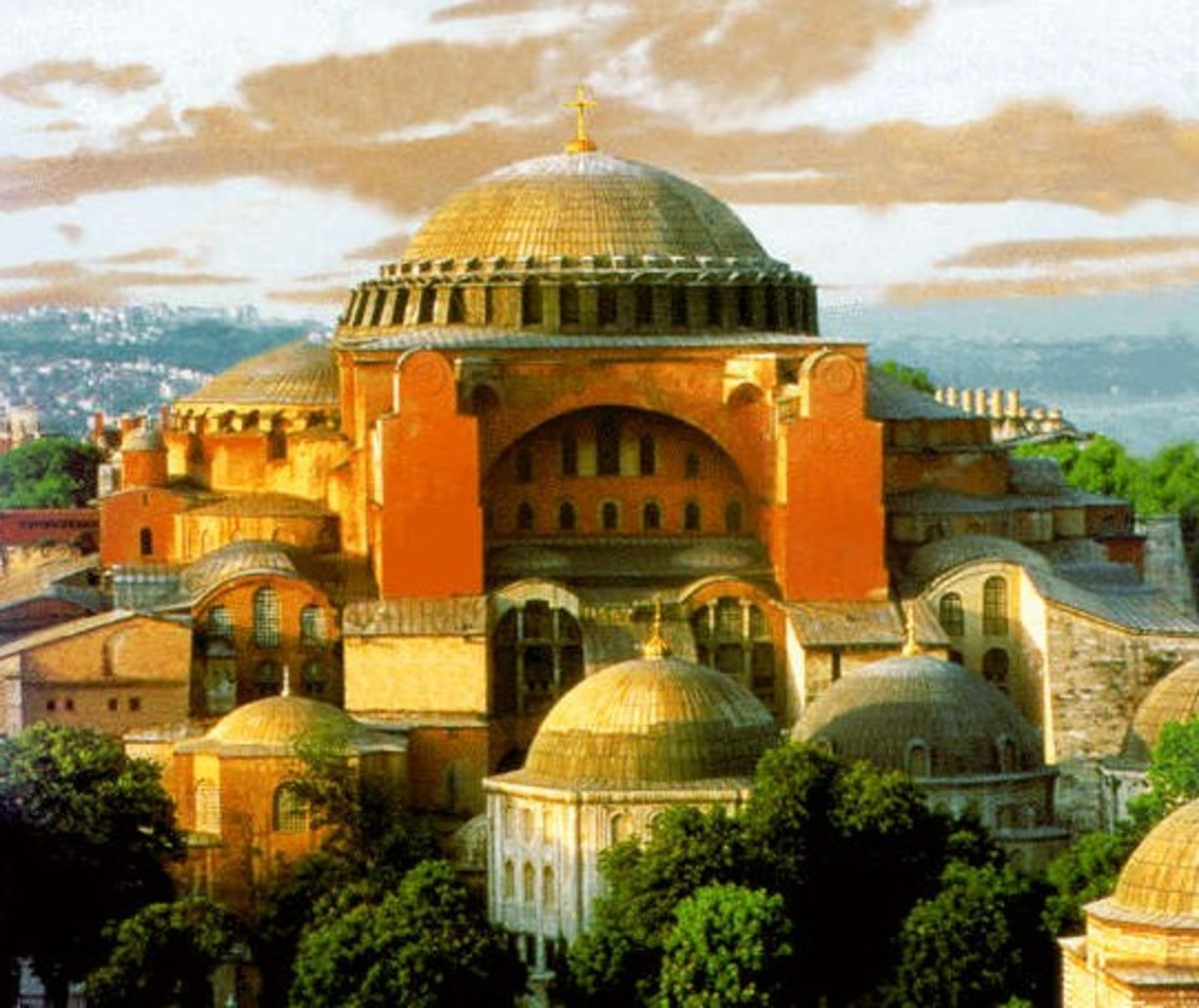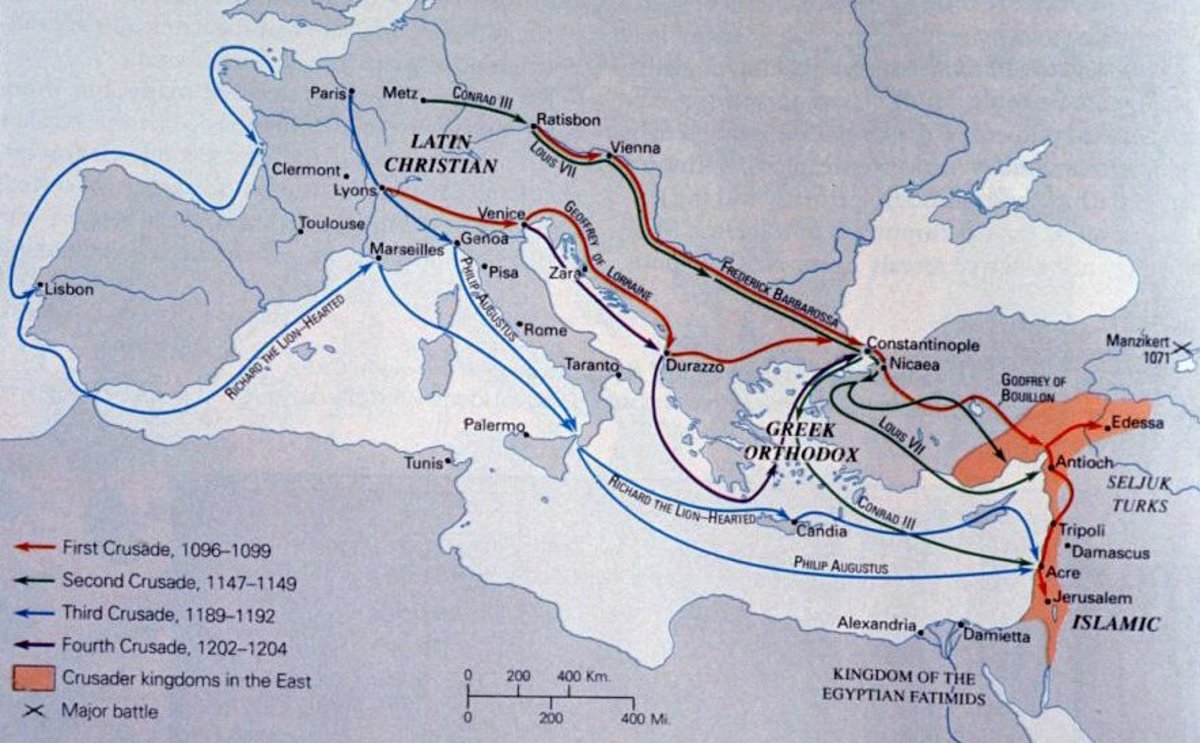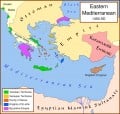Byzantine Empire During the Crusades
Byzantine Empire-during the Crusades
Byzantine Empire-during the Crusades
By the year 285, the Roman Empire had become massive to be ruled by a single ruler. Battles among the numerous cultures of the realm led into numerous wars, thus, Emperor Diocletian selected a sub-emperor known as Caesar to govern the western section of the empire. Conversely, Diocletian governed the eastern section depicting that the East part was relatively wealthier, as well as the more stable segment of the empire[1]. Whereas the West was susceptible to numerous attacks emanating from the barbarian tribes and depended massively on agriculture, the corresponding Eastern Empire was deemed to be more protected and possessed a diverse economy.
Within the year 330, Constantine relocated his city to the Greek city of Byzantium from Rome and named it the city of Constantinople. Moreover, Constantinople was situated on the Bosporus Strait, which made it be a center of trade. The emperors who followed Constantine deemed themselves to be Roman. Byzantines deemed Constantinople as both political centers regarding the Christian universe as well as a holy city that is the new Rome and Jerusalem[2]. The emperor's standing within the underlying family of rulers known as the leader of Oikoumene was the second vital component of the Byzantine ideology. The emperors' principle in dealing with external powers and corresponding crusaders were exercised through a small as well as significant cluster of civil servants possessing classical education.
The rise of Leo IX to the papacy in the year 1049 was the chief turning point in terms of the Byzantine-western associations. Byzantium misconstrued the altered type of the papacy, which led to escalated stress regarding the doctrine of papal reign and its corresponding claim to worldwide leadership within Christendom. Moreover, Byzantine dreaded for the security of the Constantinople amidst 1096 and 1097 never impeded Alexios I from capitalizing on the transient western armies of the First Crusade regarding regaining the lost territory within Asia Minor[3].
In 800, Pope Leo I crowned Charlemagne Holy Roman Emperor which Byzantine leaders deemed as an insult; since they considered themselves to be the leaders of both Christendom and the Roman Empire[4]. Moreover, disagreements resulted in the schism of the church. Subsequent 1054, numerous Eastern Orthodox Ministers ceased to recognize the Pope, while the corresponding Western Roman Catholic Church acknowledged the Pope.
The Byzantine Empire never symbolized the Roman Empire and the seventh century, Greek had entirely substituted Latin as the chief phonological of the Empire. In the 11th century, Byzantine Empire borders started to be overrun by Turks who had converted to Islam. Moreover, the Byzantine emperor dreaded the Muslims would soon subjugate his Christian empire, which made the emperor request Pope for assistance against the Turks.
In 1095, Pope Urban II propelled the first of the numerous Crusades, thus ousting the Turks from the Byzantine Empire, and hence reclaiming the holy city of Jerusalem from Muslim control. Christian warriors seized Jerusalem in the year 1099, but a Kurdish soldier regained the land for Islam in the year 1187[5]. Moreover, crusaders continued to fight closely 200 years, and eventually, the Christian warriors were abortive.
The Turkish Ottoman Empire finally subjugated most Byzantine land and Constantinople went to the Turks in the year 1453, and later renamed the city Istanbul. Consequently, Turkish has changed Greek as the language of the Asia Minor, and presently, over 99% of individuals within modern Turkey are Muslims.
Bibliography
Qerimi, Muhamet, and Muhamet Mala. "Political and Military Developments in the Byzantine Empire During the 11th Century." Human and Social Studies 7, no. 2 (2018): 36-50.
Harris, Jonathan. "The "Schism" of 1054 and the First Crusade." In Crusades, pp. 13-32. Routledge, 2016.
[1] Qerimi, Muhamet, and Muhamet Mala. "Political and Military Developments in the Byzantine Empire During the 11th Century." Human and Social Studies 7, no. 2 (2018): 36-50.
[2] Qerimi, Muhamet, and Muhamet Mala. "Political and Military Developments in the Byzantine Empire During the 11th Century." Human and Social Studies 7, no. 2 (2018): 36-50.
[3] Qerimi, Muhamet, and Muhamet Mala. "Political and Military Developments in the Byzantine Empire During the 11th Century." Human and Social Studies 7, no. 2 (2018): 36-50.
[4] Harris, Jonathan. "The "Schism" of 1054 and the First Crusade." In Crusades, pp. 13-32. Routledge, 2016.
[5] Harris, Jonathan. "The "Schism" of 1054 and the First Crusade." In Crusades, pp. 13-32. Routledge, 2016.
This content is accurate and true to the best of the author’s knowledge and is not meant to substitute for formal and individualized advice from a qualified professional.
© 2020 Michael Omolo






